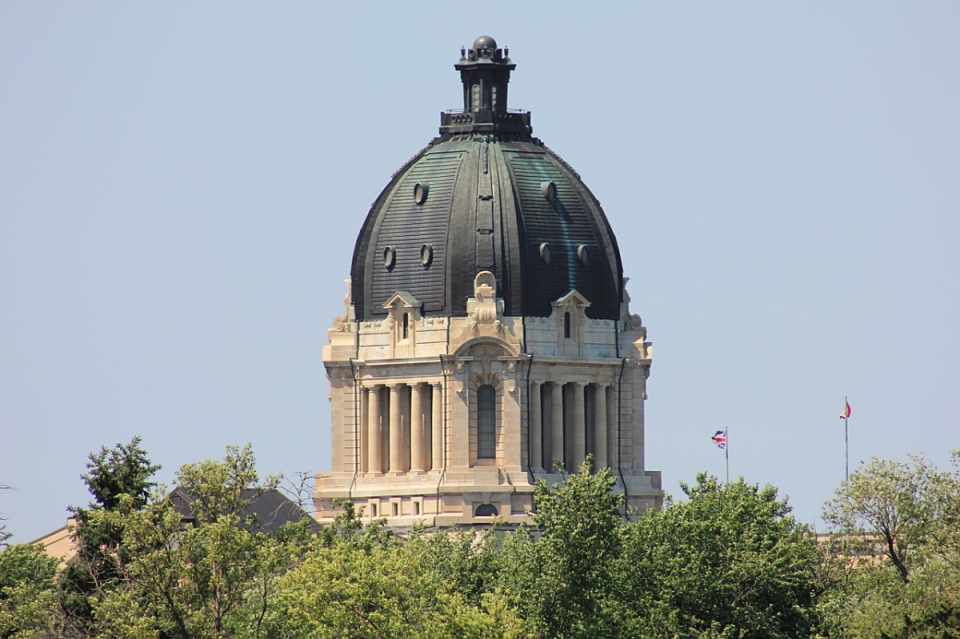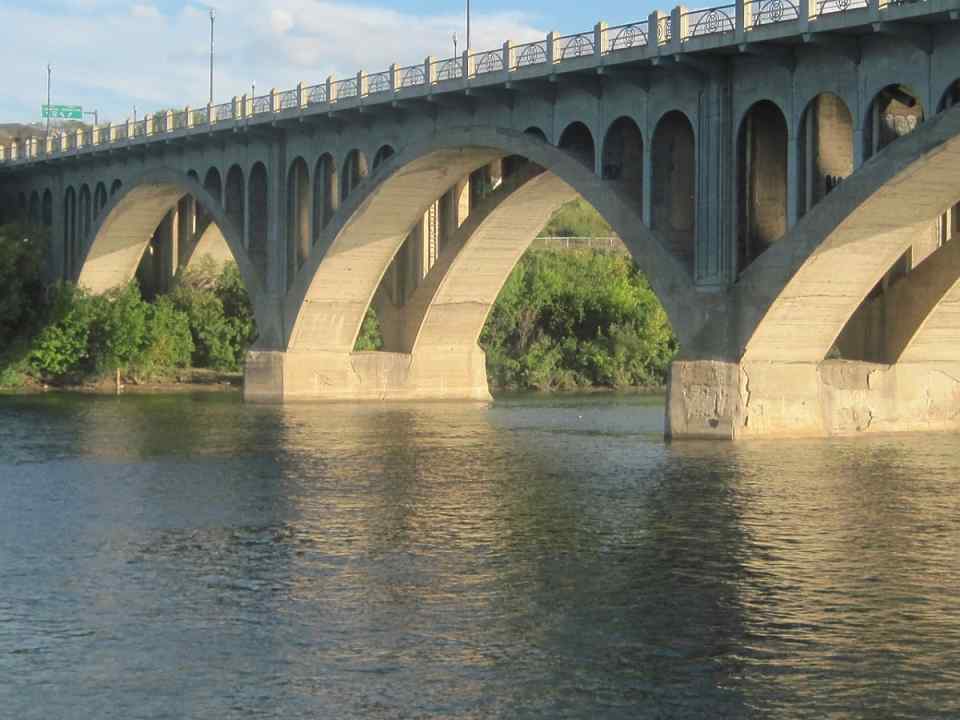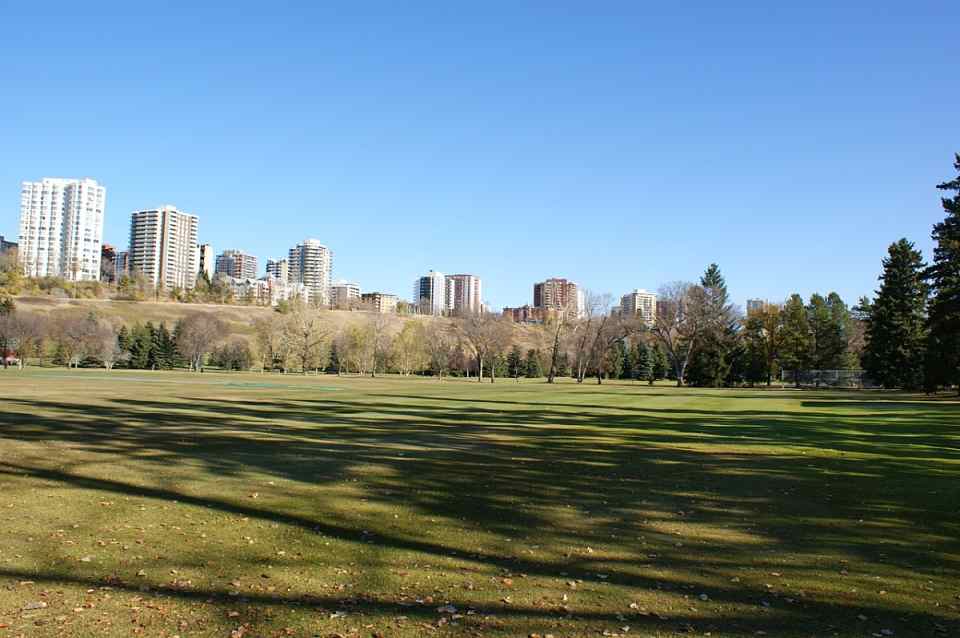Top 5 Cities To Live In Canada
Canada is a very beautiful country situated in the northern region of North America. Canada’s 10 provinces and 3 territories extend to the Pacific from the Atlantic and to the northward into Arctic Ocean, that covers around 9.98 million sq km which make Canada a second largest country in the world by total area.
Southern border of Canada with the United States is the longest bi-national land border in the world. Ottawa is the capital of Canada and its 3 largest metropolitan areas are Vancouver, Montreal and Toronto. Climate of Canada varies across its vast area that ranges from an arctic weather in the north, to the hot summers in the southern regions with its 4 distinct seasons.
1. Calgary, Alberta: Calgary is a prosperous and diverse city located in the province of Alberta, Canada. This beautiful city is in the foothills of Rocky Mountains, where the Elbow and Bow rivers meet, and is framed by mountains and rivers, parks and pathways, open spaces and fresh air. Calgary, Alberta enjoys more days of sunshine as comparative to any other Canadian city. A huge number of immigrants get attracted to Calgary because of lowest tax rate in Canada, agriculture industries, strong gas and oil and above all include in affordable housing.
Weather
Being situated close to the Rocky Mountains, Calgary experiences a humid and dry continental climate, with dry, cold, long, but variable short winters. This city is the sunniest city in Canada with an average of around 332.9 days each year.

2. Regina, Saskatchewan: The capital of Saskatchewan is Regina, it is the second largest city in Saskatchewan after Saskatoon. In the recent years, economy of this province has been boosted by investing in different sectors and created number of new jobs. This city experiences labour shortage and thus is attracting job seekers.
Weather
Being situated in very cold area, Regina has humid continental climate. In January temperatures of this place varies between -21.6°C & -10.7°C, but sometimes this temperature drop down to -40°C. On 1st January, 1885, Regina experienced temperature around -50°C. In Regina there are 86.5 days in a year with chill winds of -20°C or less than this, 43.2 days has temperature of nearly -30°C and 16.3 days with chilled winds of -40°C or lower than this.

3. Delta, British Columbia: Delta is one of the largest municipalities of Greater Vancouver. Situated at the delta of Fraser River and having water and rich soils, Delta is an important agricultural areas in Vancouver. Delta is only 27 kilometers from Greater Vancouver, Delta is the home to a huge number of people who prefer to live and want to raise their families in safe and quiet neighbourhood which is surrounded by nature. Delta is the best place for nature lovers with its wildlife, islands, walking trails, bike and parks.
Weather
Delta enjoys mildest climates in Canada. Winter at this place is not as cold as comparative to the other cities in Canada and this place is having very little snow. 2.8°C is the daily average temperature in Delta in January. 12th December, 1972 was the coldest day when temperature dropped to -16.1°C. 16.9°C is the average temperature in July and August.

4. Saskatoon, Saskatchewan: Saskatoon is a beautiful and a multicultural city to play, study, work and live. Basically known as the City of Bridges, Saskatoon is one of the largest cities in the province of Saskatchewan having population count of more than 260,000 people. Saskatoon is situated on the bank of South Saskatchewan River, in the heart of Canadian Prairies. Residents of this Saskatoon city are known as Saskatonians.
Weather
Saskatoon is the sunniest city in Canada having an average period of 2,381 hours of sunshine every year. On the other hand, as compared to the other Canadian cities, rainfall rate in Saskatoon is quite low. This city receives an annual rainfall of around 265 millimetres and an average snowfall of 97 centimetres.

5. Edmonton, Alberta: The capital of Alberta is Edmonton and is the second largest city in the province Alberta by population. Edmonton is the centre of Edmonton Capital Region which is situated in the Central Alberta. Because of the massive oil sands, gas and oil reserves in Alberta, Edmonton and is called “The Oil Capital of Canada”.
Weather
Edmonton is the sunniest Canadian city and receives 2,299 hours of sunshine every year. This place has dry climate with the low precipitation. Nevertheless, winters may be cool and summers are cold. ─11.7◦C is the average daily temperature in January to 17.5◦C in July. During summer temperatures may reach 30◦C and in winter temperature may fall below ─20◦C for an average period of 28 days.












